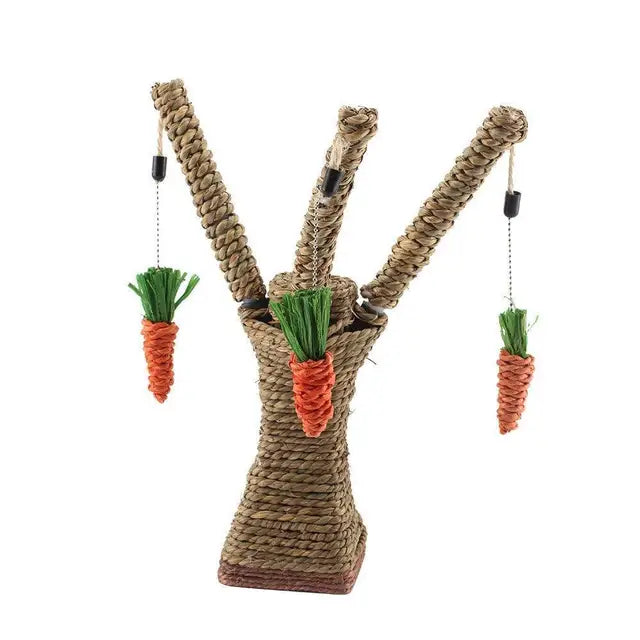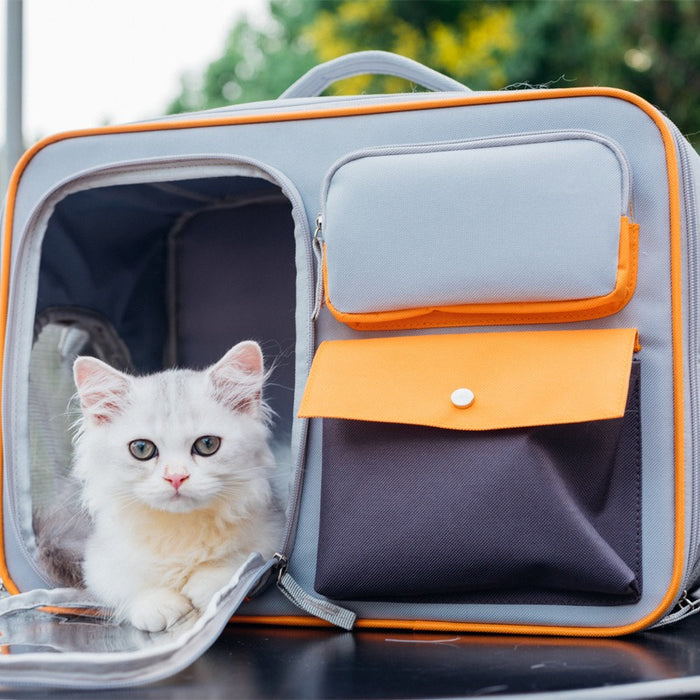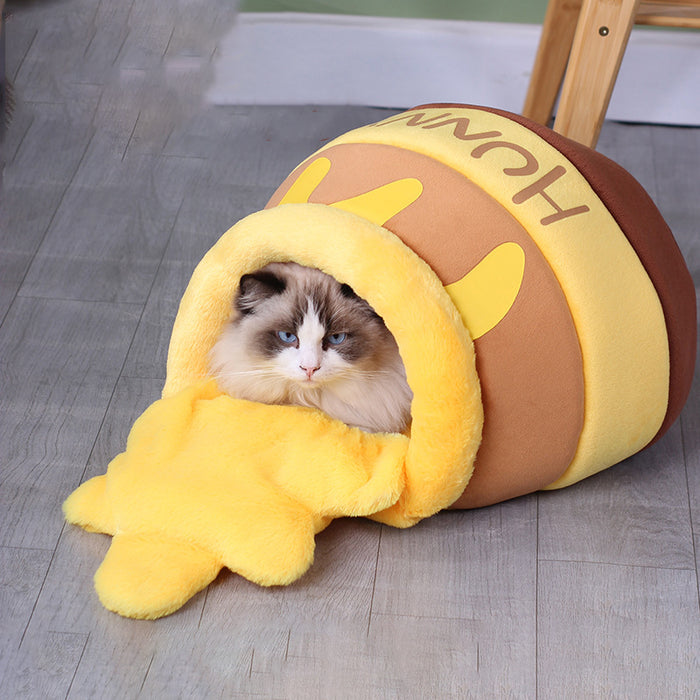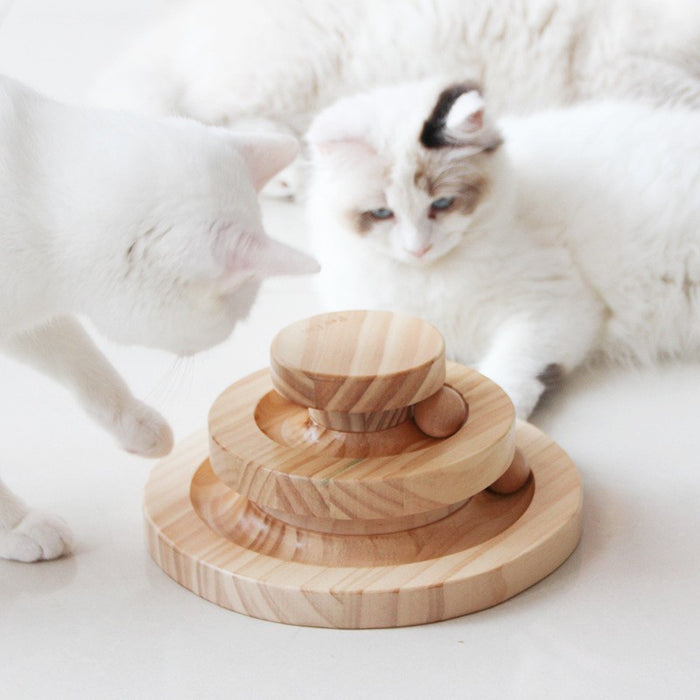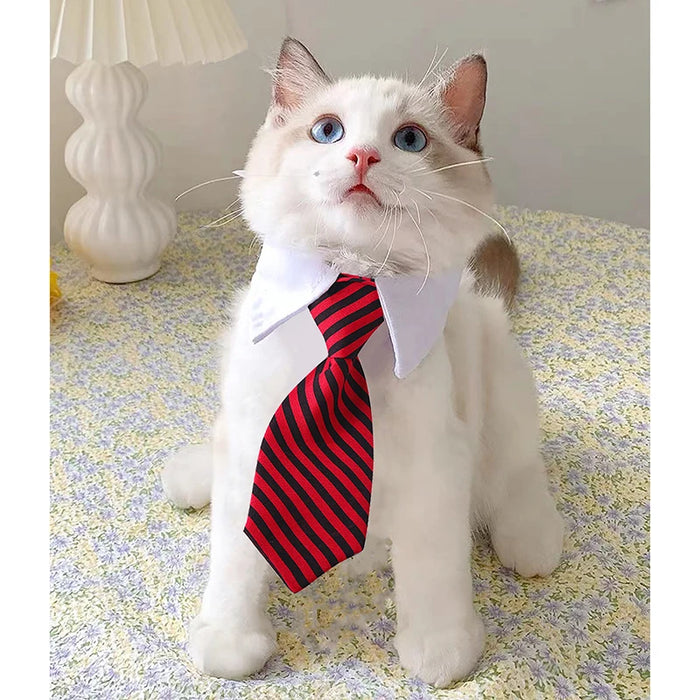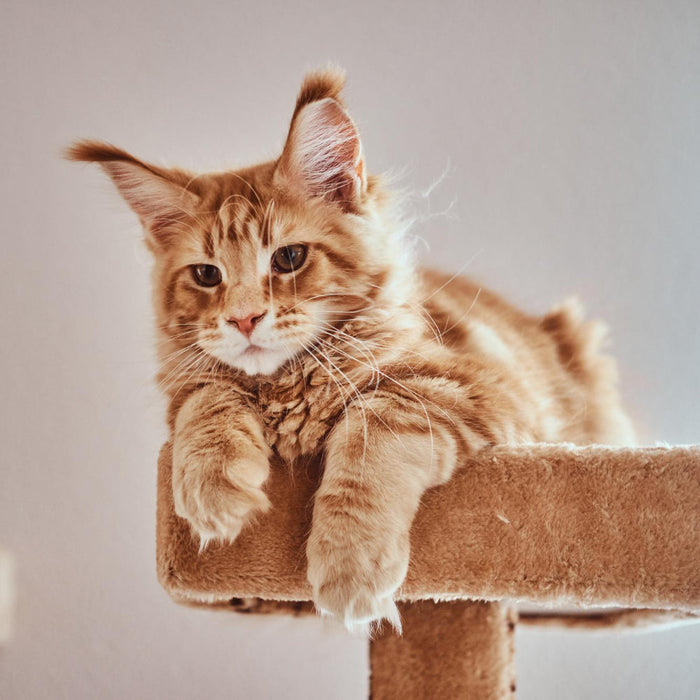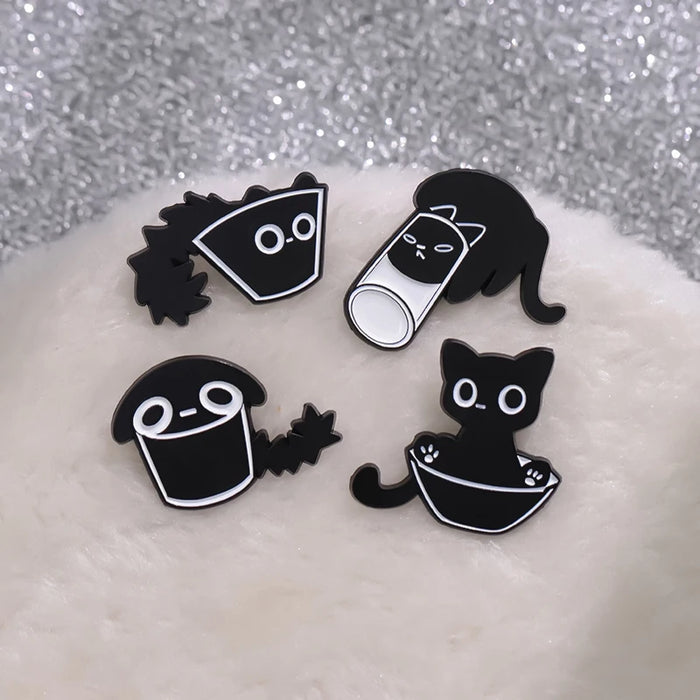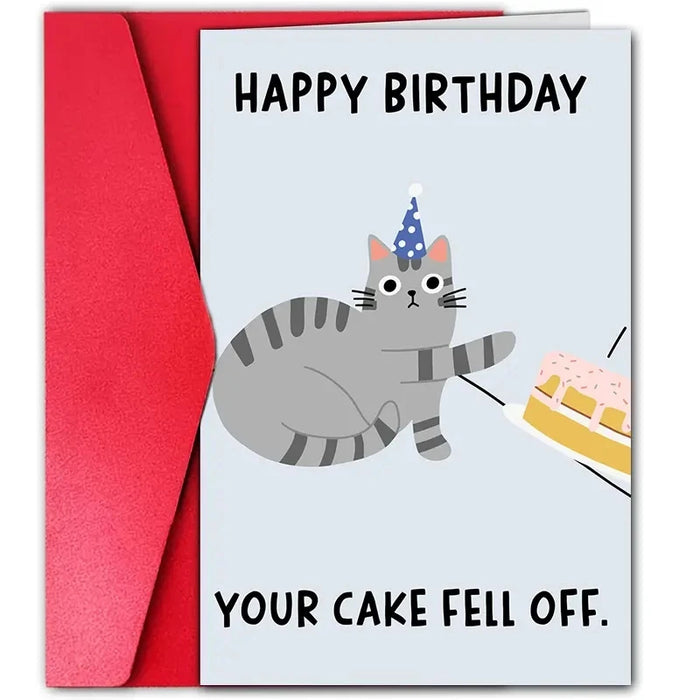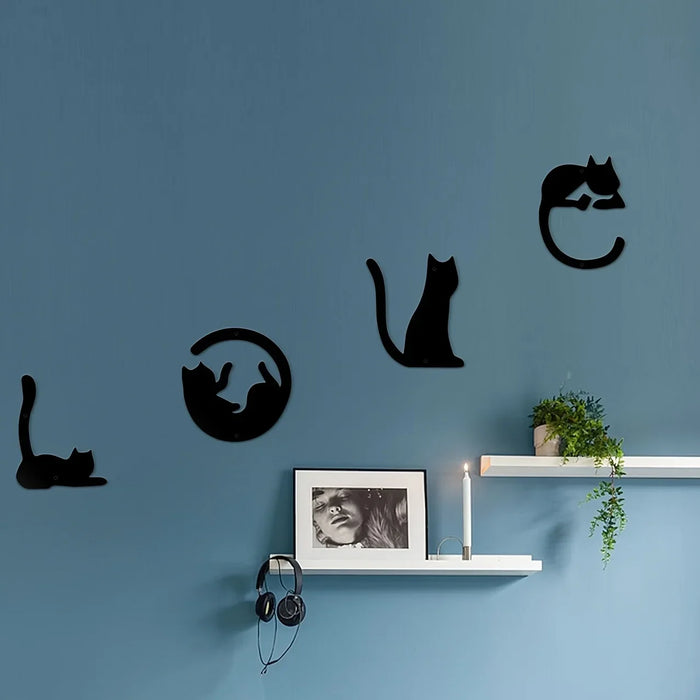

· Por Catnip Crazed
Tail Talk: What Your Cat's Tail Is Really Telling You
Have you ever found yourself staring at your cat, utterly baffled by what they're trying to tell you? Sure, they can't speak our language, but they're constantly chattering away with their tails. Yes, that's right—their tails! These fluffy appendages are not just for balance or looking fabulous; they're a vital communication tool in the feline world. So, grab a comfy seat and let's dive into the fascinating world of "tail talk."
The Basics of Cat Tail Language
Before we start decoding specific tail movements, let's get something straight: cats are master communicators. Their tails are like emotional barometers, giving us insight into their feelings and intentions. Understanding these signals can significantly enhance the bond between you and your feline bff.
Common Tail Movements and Their Interpretations
Straight Up: The Confidence Marker
When your cat's tail is straight up in the air, often with a slight curve at the tip, they're telling the world they're confident and content. This is the feline equivalent of walking into a room with your head held high.
Question Mark Shape: Curiosity Killed the Cat
A tail curved like a question mark signals curiosity and playful mood. Your cat might be in the mood for some playtime or exploring. It's their way of saying, "Something interesting is happening, and I'm all in!"
Low or Tucked Tail: The Fear Factor
A tail that's low or tucked between the legs is a sign of fear, submission, or feeling threatened. It's similar to humans slouching their shoulders when feeling insecure—except, you know, a lot cuter.
Puffed Up Tail: The Big Bad Cat
Ever seen your cat's tail puff up like a bottle brush? That's their way of saying they're scared or might be trying to scare off a threat. It's their attempt to look bigger and badder, a classic "back off" signal.
Slowly Swishing Tail: Deep in Thought
If your cat's tail is slowly swishing back and forth, they're likely concentrating on something, like the bird outside the window or the end of a string you're dangling. It's their "I'm busy plotting" mode.
Rapidly Swishing Tail: The Agitation Wiggle
A rapid tail swish is a clear sign of irritation or aggression. If you're petting your cat and see this, it might be time to give them some space. They're basically saying, "Enough, human!"
Wrapped Tail: Hugs in Tail Form
When your cat wraps their tail around you or another cat, it's a sign of affection. Think of it as a warm hug, just with more fur.
Twitching at the Tip: Mildly Annoyed or Excited
A slight twitch at the tip of the tail can indicate mild irritation or excitement. It's a subtle signal, so you'll need to look at the context to figure out which one it is.

Tail Positions in Context
Remember, context is king (or queen) when it comes to tail talk. The same tail position can mean different things depending on the situation. For example, a puffed-up tail during playtime might just be part of the fun, but if it happens during a vet visit, it's likely fear.
The Tail in Conjunction with Other Body Language
To really understand what your cat is trying to tell you, you need to consider their tail movements in conjunction with the rest of their body language. Are their ears back? Are they making eye contact or avoiding it? Looking at the whole picture will give you a much clearer understanding of their emotional state.
Improving Your Relationship Through Tail Talk
By paying attention to your cat's tail signals, you can learn to respond more appropriately to their needs and emotions, strengthening your bond. It's like learning a new language, one that brings you closer to your furry companion.
When Tail Signals Might Indicate Health Issues
While we've mostly talked about the tail as a communication tool, it's crucial to note that certain tail movements or positions could be red flags for health issues. For example, if your cat's tail is limp, they could be experiencing pain or discomfort. Similarly, excessive twitching or a tail that's constantly tucked under might indicate stress or even neurological problems. Keeping an eye out for these unusual signals and consulting a veterinarian if you notice anything concerning can help keep your cat healthy and happy.
Conclusion: The Silent Dialogue
Understanding your cat's tail language is like unlocking a secret dialogue between the two of you. It opens up a new dimension of empathy and interaction, deepening the bond you share. Remember, every cat is an individual, so while these guidelines offer a great starting point, you'll learn the most by observing and interacting with your cat. Tail talk is just one part of the beautiful, complex world of feline communication, but it's a wonderfully expressive one.
So, the next time you see your cat's tail puff up like a pompom or wag gently in contentment, you'll know exactly what they're feeling. And when you respond in a way that respects their emotions and needs, you're not just their caregiver—you're their trusted friend. Here's to countless joyful moments of silent conversation and the deep, unspoken bond that makes our lives with cats so richly rewarding.
We invite you to share your own experiences and observations of your cat's tail talk in the comments below. What unique signals does your cat give you? How have you deepened your bond by understanding these cues? Let's continue the conversation and learn from each other!

